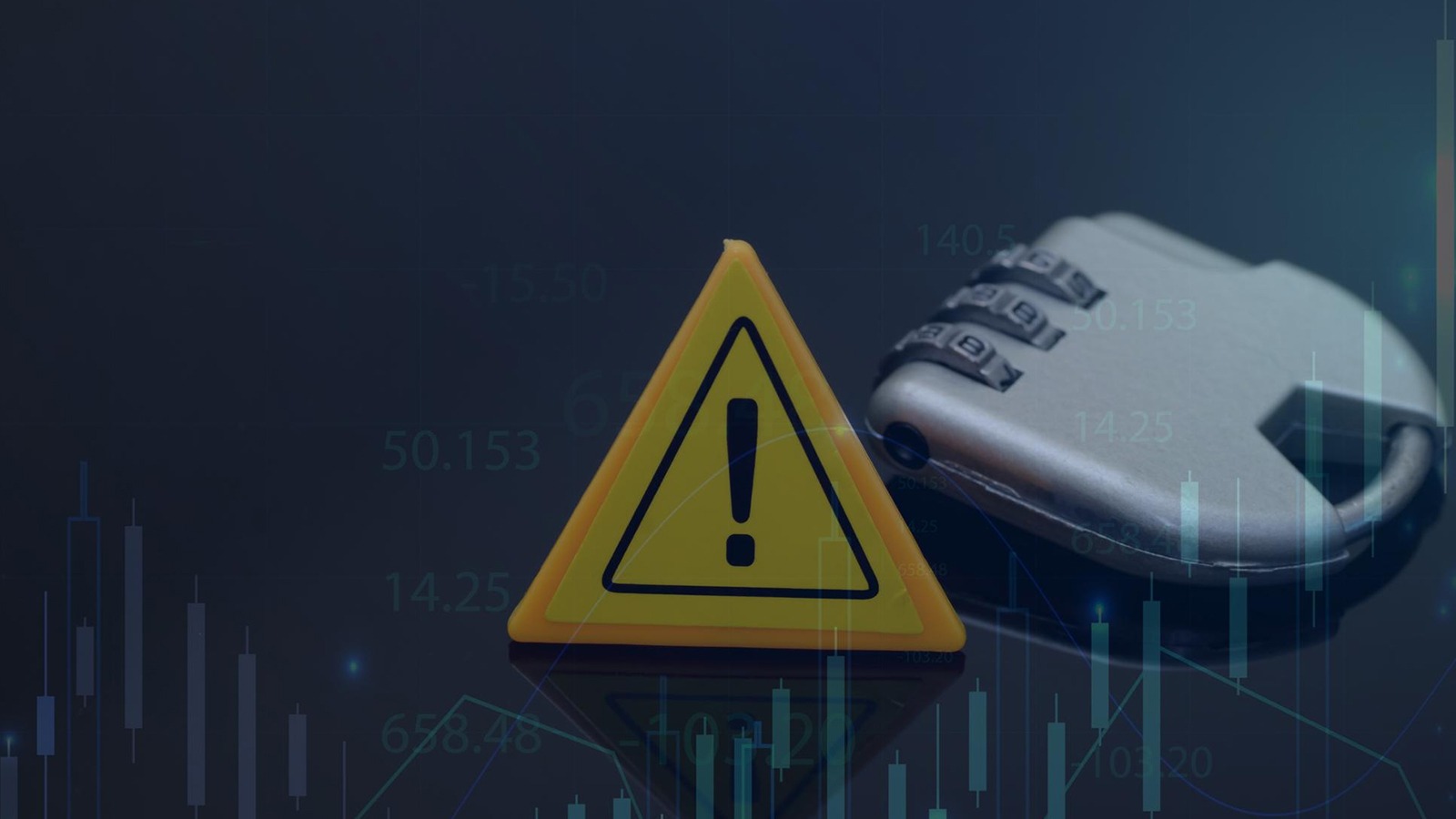5 Common and Costly Mistakes in Conducting Threat, Vulnerability and Risk Assessment (TVRA)
1. Over-reliance on Physical Threat Scenarios
Many Threat, Vulnerability and Risk Assessments (TVRA) are still anchored in outdated models that centre around intrusion, theft, or sabotage. While these remain important, the contemporary risk surface includes:
- Insider threats that exploit access credentials or procedural loopholes,
- Cyber-physical threats targeting automation and surveillance systems,
- Supply chain vulnerabilities and third-party risks.
Recommendation: Adopt a converged security lens. A modern Threat, Vulnerability and Risk Assessments (TVRA) must account for physical, digital, operational, and human vectors.
2. Applying Uniform Risk Matrices Without Contextual Calibration
A generalised Risk Matrix in Threat, Vulnerability and Risk Assessment (TVRA) reports which is not contextualised and customised to specific threat environment, stakeholder exposure and geopolitical variables, would be inadequate in addressing the threat vectors. For a business, operating in various geographies, the risk landscape would vary. Applying identical scales across geographies and operations dilutes the insight and weakens response planning.
Recommendation: Build a threat taxonomy grounded in local intelligence, sector-specific indicators, and dynamic data inputs. Contextual nuance must drive the weighting of likelihood and impact.
3. Treating Threat, Vulnerability and Risk Assessment (TVRA) as a One-Time or Compliance-Driven Exercise
One of the key issues with Threat, Vulnerability and Risk Assessment (TVRA) is that it often remains to be a static report, which is commissioned when there is a regulatory requirement. Thus, documents become obsolete as there are infrastructure developments and social changes in global events.
Recommendation: Threat, Vulnerability and Risk Assessment (TVRA) should be an institutionalised process to be continuously updated.
4. Excluding Operational Stakeholders from the Assessment Process
It is surprisingly common for Threat, Vulnerability and Risk Assessment (TVRA) reports to be compiled by risk teams or consultants with minimal input from the people most familiar with vulnerabilities, namely, frontline security personnel, control room operators, IT support, and maintenance teams.
These individuals observe real-world lapses such as tailgating, blind zones, lock failures, or unsecured endpoints. Their exclusion limits the accuracy of the assessment.
Recommendation: Conducting physical penetration testing, feedback loops and reviews enable structured in-depth insights. A holistic risk profile requires vertical as well as horizontal integration to make sure that security infrastructure remains resilient.
5. Lack of an Actionable and Budget-Linked Mitigation Plan
Too often, Threat, Vulnerability and Risk Assessment (TVRA) outputs stop at a heat map or a list of recommendations without bridging into execution. Without a clear roadmap, the assessment cannot influence procurement, training, or policy.
Recommendation: Every identified risk should be mapped to:
- A control measure (technical, procedural, or human),
- An estimated cost (capital or operational),
- An owner (department or vendor),
- A timeline for implementation,
- And a measurable performance metric (e.g., reduced incident response time, increased system uptime).
This transformation from assessment to action plan is where real security begins.
Final Thoughts
When approached thoughtfully, Threat, Vulnerability and Risk Assessment (TVRA) serves not only as a diagnostic but as a planning instrument linking risk intelligence with operational priorities. It enables informed budget allocation, supports regulatory engagement, and strengthens insurance and liability postures.
Partner with MitKat to build a robust Threat Vulnerability Risk Assessment
MitKat helps organisations to navigate through an uncertain evolving security landscape and disruptive events that hamper business continuity. We ensure that our tailor-made risk assessments and risk-mitigating strategies help increase the security resilience of organisations. Our AI-powered operational risk monitoring tool, datasurfr combined with experts enables companies to stay abreast of evolving operational risks and emerging developments.






